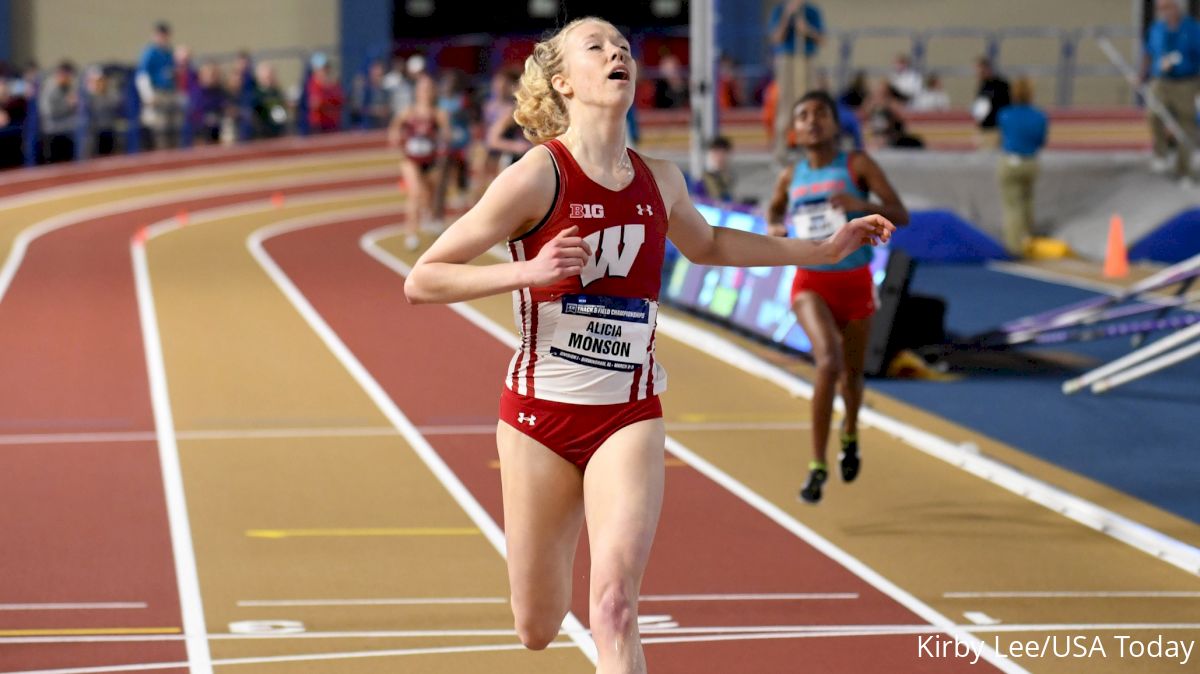How To Control Your Breathing While You're Running
How To Control Your Breathing While You're Running
Here are a few tips to help you properly breathe when you're running!

Few things hamper a run like shortness of breath, or an inability to get a nice full gulp of air when you're exhausted. Not including the freaks of nature and the people who have never run a day in their life, we've all been there. In addition, we've all probably felt that intense burning in the legs, and believe it or not that too can be attributed to our breathing.
Controlling your breath will help you control your body, and thus your run altogether. The key to this is being able to manage a little muscle in your chest called the diaphragm. By expanding and contracting with each breath you take, the diaphragm plays a key role in allowing the sweet energy-producing gas your body needs so badly to perform -- oxygen.
Signs that might indicate you aren't using breathing efficiently, besides shortness of breath, include pain in your neck and upper back area, a twisted or asymmetrical torso, an overly arched back, or when your stomach rises as you inhale and sinks as you exhale.
Relaxed and efficient breathing helps to maintain a more consistent pace, a calmer mind, and better results when you're running. Here is a basic guide to help you control your breath and take over on the track or on the course:
The Fundamentals
Start at a steady pace, breathing in through the nose and out through the mouth. Though you may have to spend the first week to two weeks moving at a slower rate, your lungs and your body will begin to adapt and take in enough oxygen to support your ventilatory threshold. If you surpass the ventilatory threshold, your body will go into "fight or flight" mode and begin to panic and stress out, causing you even more trouble as you attempt to run.
As your body gets more comfortable breathing in and out under higher levels of intensity, your muscles will start forming new blood vessels, allowing for more oxygen flow throughout the body.
Get Into A Pattern
As you learn to enhance your breathing ability at a fundamental level, you can start applying more tricks as you ramp up the workload. A key helper to breathing while on the move at a higher speed is to discover a nice, consistent rhythm for yourself. A good rule of thumb is to think "two and two." That's a two-second breath in, followed by a two-second breath out.
Not all of us are wired the same, so some people may find it better to try and develop a rhythm that's more like a "two and one," or a "three and two."
Breathe Into The Belly, Not The Chest
One of the best ways to ensure that you're really using your diaphragm and not just your chest to get good breaths is to make sure that air is going all the way into your tummy. A good way to practice this is to put your hand on your stomach and feel it go up and down with your belly. If your hand isn't moving, it most likely means you're breathing into your chest and not into the stomach.